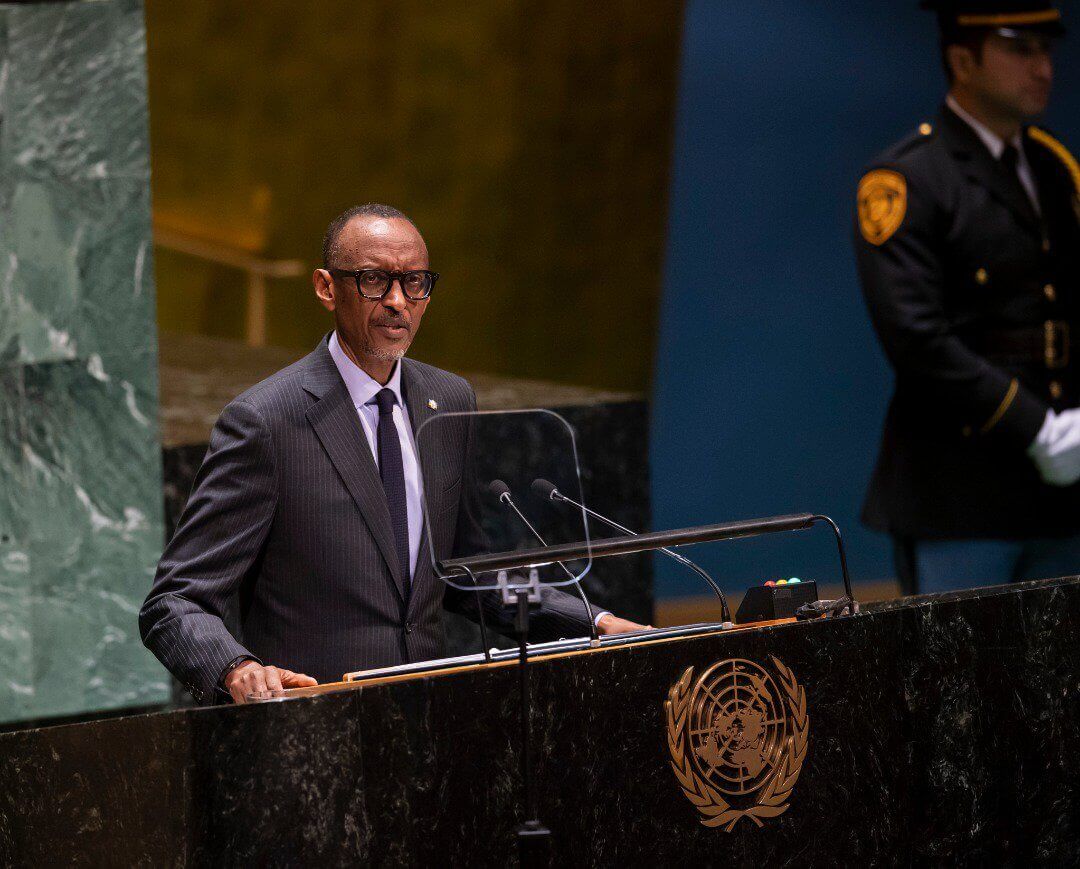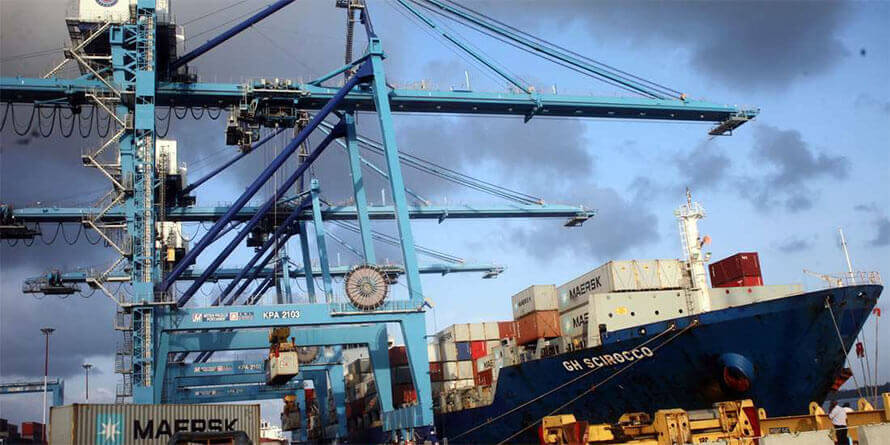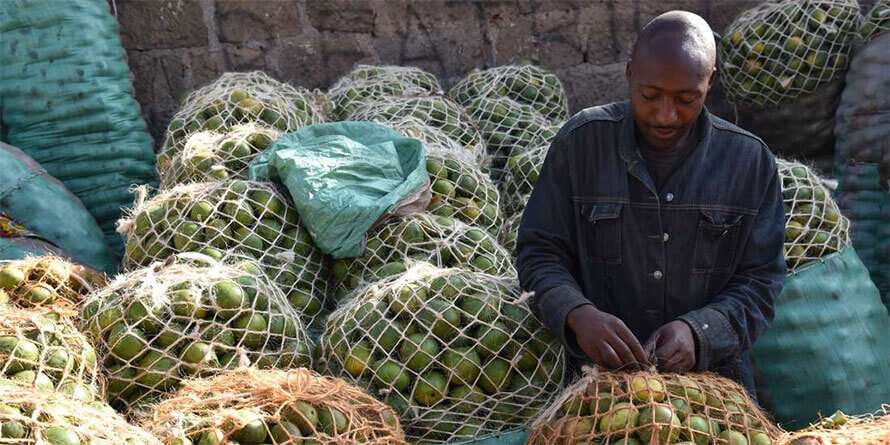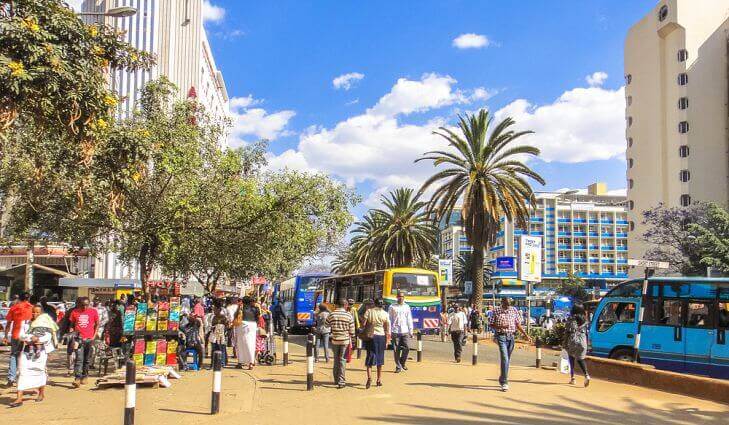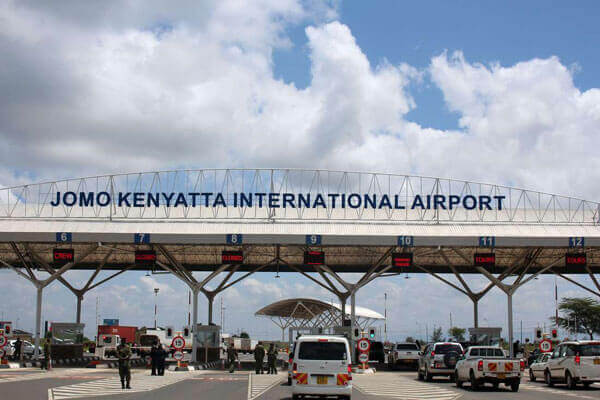There are an estimated 3.5 billion internet users worldwide with 39 percent in Africa. In Africa, Nigeria has 111.6 million internet users, Egypt 49.23 million and Kenya 51.1 million. The global average internet speed stands at 6.1 Mbps. The web traffic is largely generated through smartphones perhaps due to infrastructure development and convenience. Millennial internet users spend an average of 185 minutes on mobile internet services every day. This demonstrates the potential in the sector whether email, social networking, online search, online videos, online shopping or instant messaging. There is no doubt that internet connectivity has resulted in new business models and tremendously changed existing businesses, spurring growth and improving overall value creation. There is also no doubt that innovative use of technology translates to business transformation providing solutions for enterprises to achieve their desired outcomes. Research has shown that e-commerce has what it takes to help deliver development agenda creating new economic and social landscapes. It is now widely accepted by policymakers that e-commerce is at the centre of economic transformation. However, there are many drivers and barriers to the adoption of e-commerce. There is need to have integrated and capable infrastructural architecture to allow quality interfacing, e-readiness at national and county levels as well as digital literacy. This should be coupled with data standards because as government transfer data into information and ultimately knowledge for sustainable development, there is a possibility for misinterpretation and misuse. Appropriate security models should be implemented to ensure user confidence and healthy outcomes....
Removing hurdles that hurt growth of e-commerce
Posted on: October 3, 2019
Posted on: October 3, 2019



